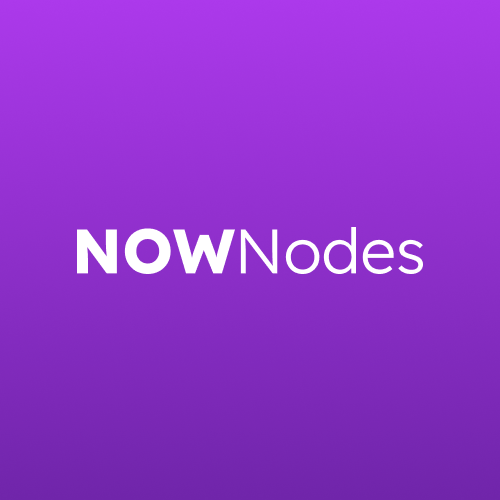Best RPC Node Providers in 2025
Oct 09, 2025

NOWNodes is a blockchain-as-a-service solution that lets users get access to full Nodes and blockbook Explorers via API.
NOWNodes is a blockchain-as-a-service solution that lets users get access to full Nodes and blockbook Explorers via API.